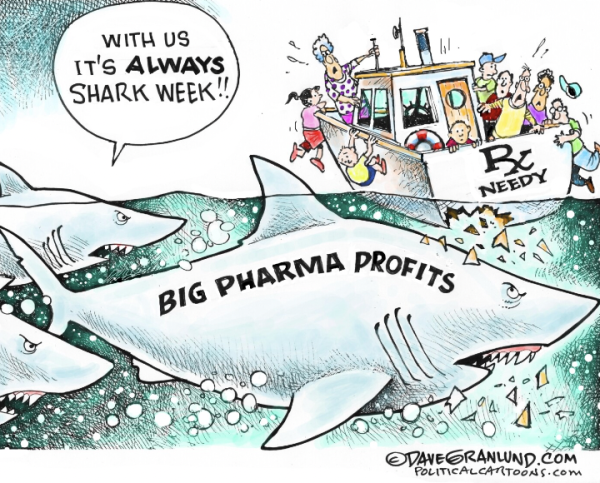Don’t Cash in to Fast Fashion
December 5, 2019
People tend to associate fashion with stylish trends, but what isn’t so stylish is the buildup of textile waste in landfills: one of the many detrimental consequences of fast fashion. Fast fashion is a culture built on buying trendy clothing that is quickly and cheaply available to consumers, but this lifestyle carries a heavy cost. Although the idea of inexpensive, popular clothing may sound appealing, consumers should avoid fast fashion because the large-scale production of cheap clothing negatively impacts the environment and harms laborers in third-world countries.
Fast fashion damages the environment by producing more textile waste that contributes to global warming and pollution. According to Ayesha Barenblat, founder of the nonprofit organization called Remake that raises awareness on the consequences of fast fashion, 12.8 million tons of clothes end up in US landfills every year, which is about a football field filled 14 feet deep with textile waste. Since more than 60 percent of fabric fibers are now synthetics derived from fossil fuels, these fast-fashion pieces will take hundreds of years to biodegrade, an unsustainable process that is devastating to the environment. Combined with the fact that millions of tons of new textile waste are being added to the landfill every year, this unsustainable practice is growing in severity and could bring about dangerous consequences in the future. The projected increase in the fashion industry’s CO2 emissions by 2030 is 2.8 billion tons, which is dangerous because CO2 traps the sun’s heat energy in the atmosphere that warms the planet and oceans. According to the EPA, humans release 30 billion tons of CO2 into the atmosphere each year. That means the fast fashion industry is producing about one-tenth of the total CO2 emissions, greatly contributing to the cause of the Earth’s changing weather patterns. As more people purchase fast-fashion clothing, they are supporting global warming and adding to the massive amount of textile waste building up in landfills. In addition, the industry’s use of synthetic microfibers containing toxic chemicals and dyes that can seep out of from landfills to contaminate soil and groundwater which eventually makes its way into freshwater sources and oceans. Not only does fast fashion negatively impact the atmosphere, but it also endangers ocean life and prevents people from securing clean drinking water. Judging by its numerous environmentally harmful effects, apparel companies and consumers need to turn away from fast fashion to avoid destroying the planet.
Since speed is an important component of the industry, fast fashion heavily relies on laborers and encourages poor working conditions in developing countries that have inadequate workers’ rights regulations. While the country’s economy depends on these fashion industries, the human cost is high as worker safety continues to be a severe problem, demonstrated by the Tazreen factory fire and the 2013 Rana Plaza building collapse in Bangladesh. At least 120 people died after a fire swept through the eight-story Tazreen garment factory near Bangladesh’s capital, and 1,135 people died from the collapse of the Rana Plaza complex, built on swampy ground. Statistics from the International Labor Rights Forum revealed that from 2006 and 2012, more than 500 garment workers died in Bangladesh in factory fires. In fact, the BGMEA reported that only one out of eight factories in Bangladesh passed inspections in August 2019. Judging by the high number of casualties each year and life-threatening working environments, the dangers of the fast fashion industry to workers are evident. By continuously buying new clothes, consumers are supporting this predative system.
Furthermore, laborers work to support themselves and their families, yet less than 2% of garment workers earn less than $3 each day, which is below the living wage. As a result, fast fashion traps generations into poverty, especially women. Forbes reported that 75 million people were employed in the textile industry worldwide, but 80% of the clothes were made by women who were only 18 – 24 years old and earned less than $3 a day. Child labor is also prevalent in fast fashion factories, where an estimated 250 million children ages 5 to 14 are forced to work in sweatshops in developing countries. According to the Global Labor Justice, garment workers also alleged rape, slapping, and gendered bullying. Many are also forced to work overtime and even prevented from taking bathroom breaks.
Some companies may prefer the expedient process of fast fashion because it lowers their production costs, but this comes at the expense of underpaid workers who are forced to work long hours in dangerous factories. Although the trend brings affordable clothing to consumers at a cheap price, fast fashion harms and sometimes kills the overworked and underpaid laborers who toil in hazardous settings.
In a materialistic world, most people value fashion and want to make affordable purchases that are usually up to date with fashion trends. Many of these consumers are unaware that they are actually supporting fast fashion, which comes with major consequences. Fast fashion should be canceled from the textile industry because it is negatively impactful to the environment and threatens the lives of garment workers. In order to take action, consumers can take a stand against the trend of fast fashion by voicing their concerns about its negative effects. Boycotting fast fashion products can alert companies to switch to better alternatives.




















